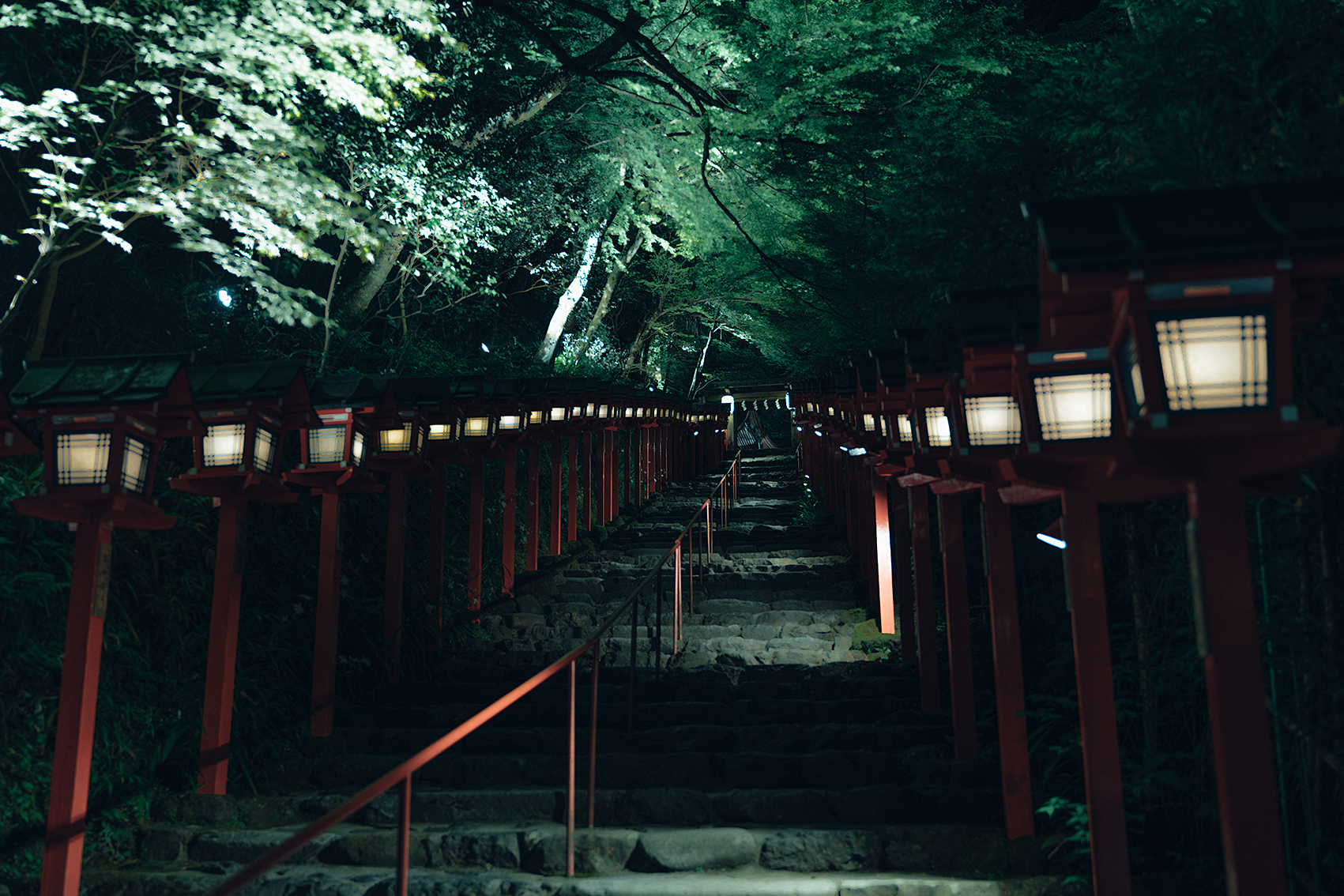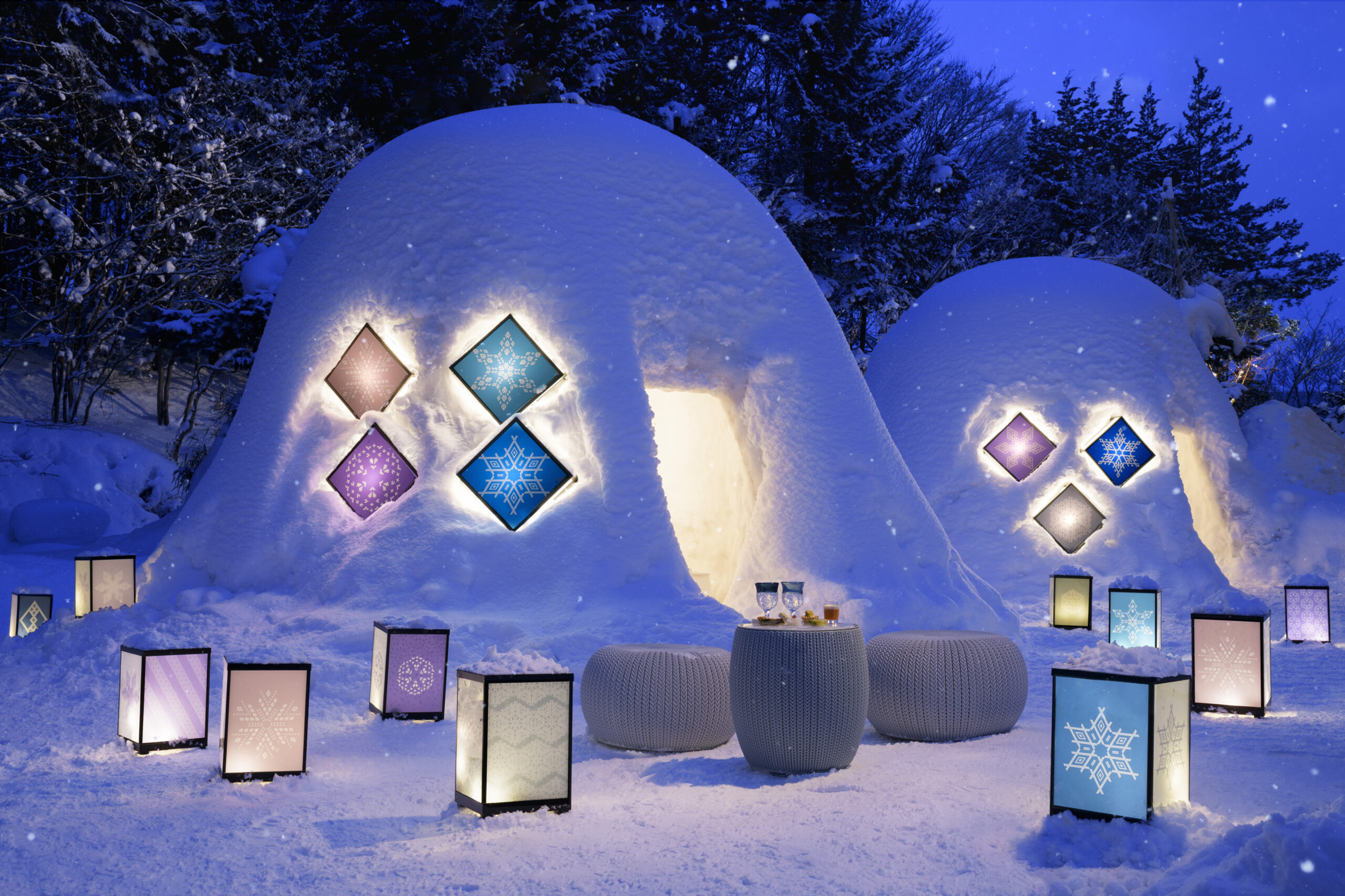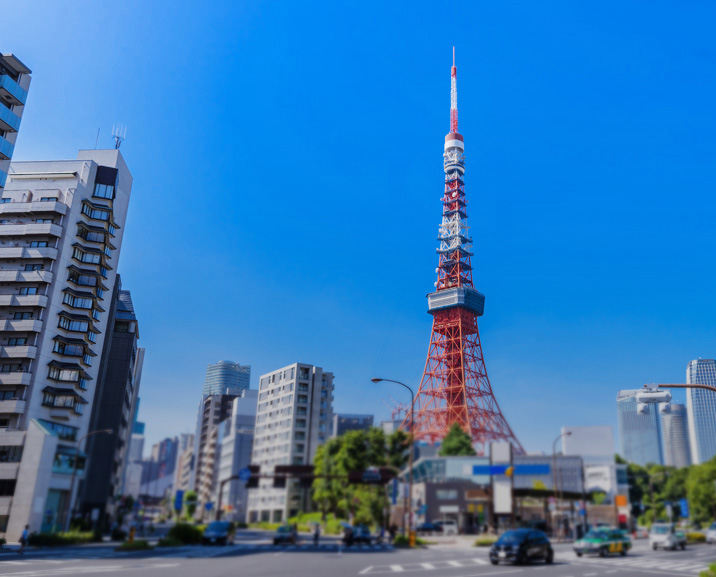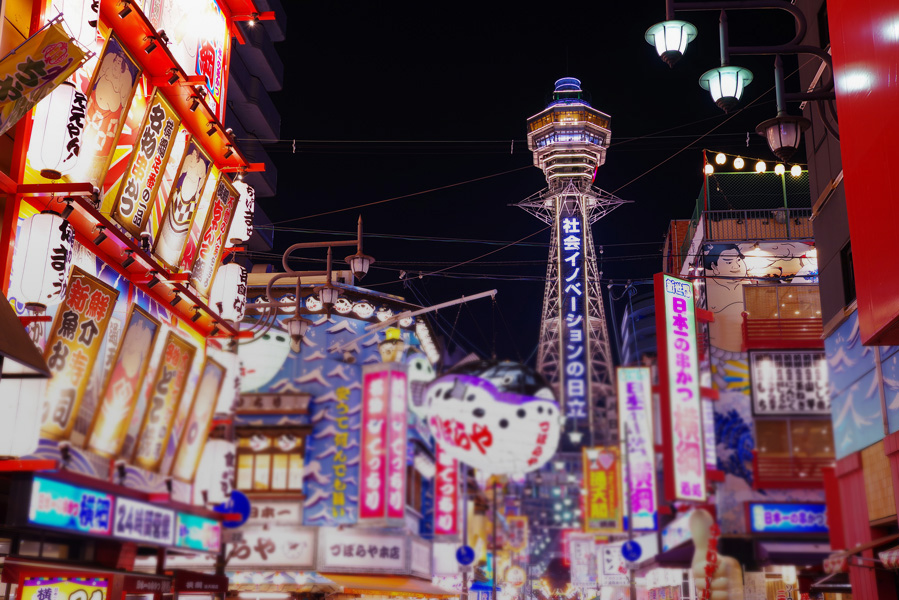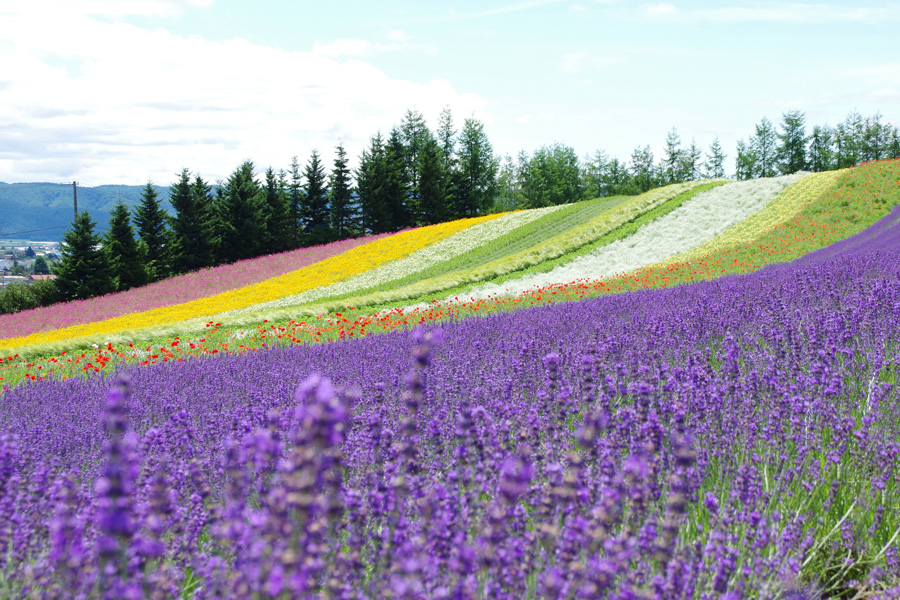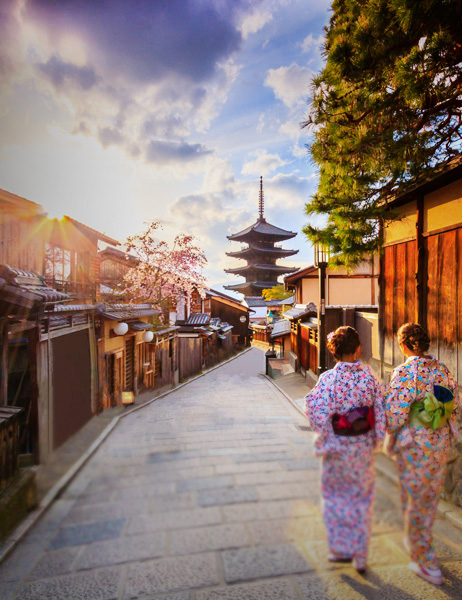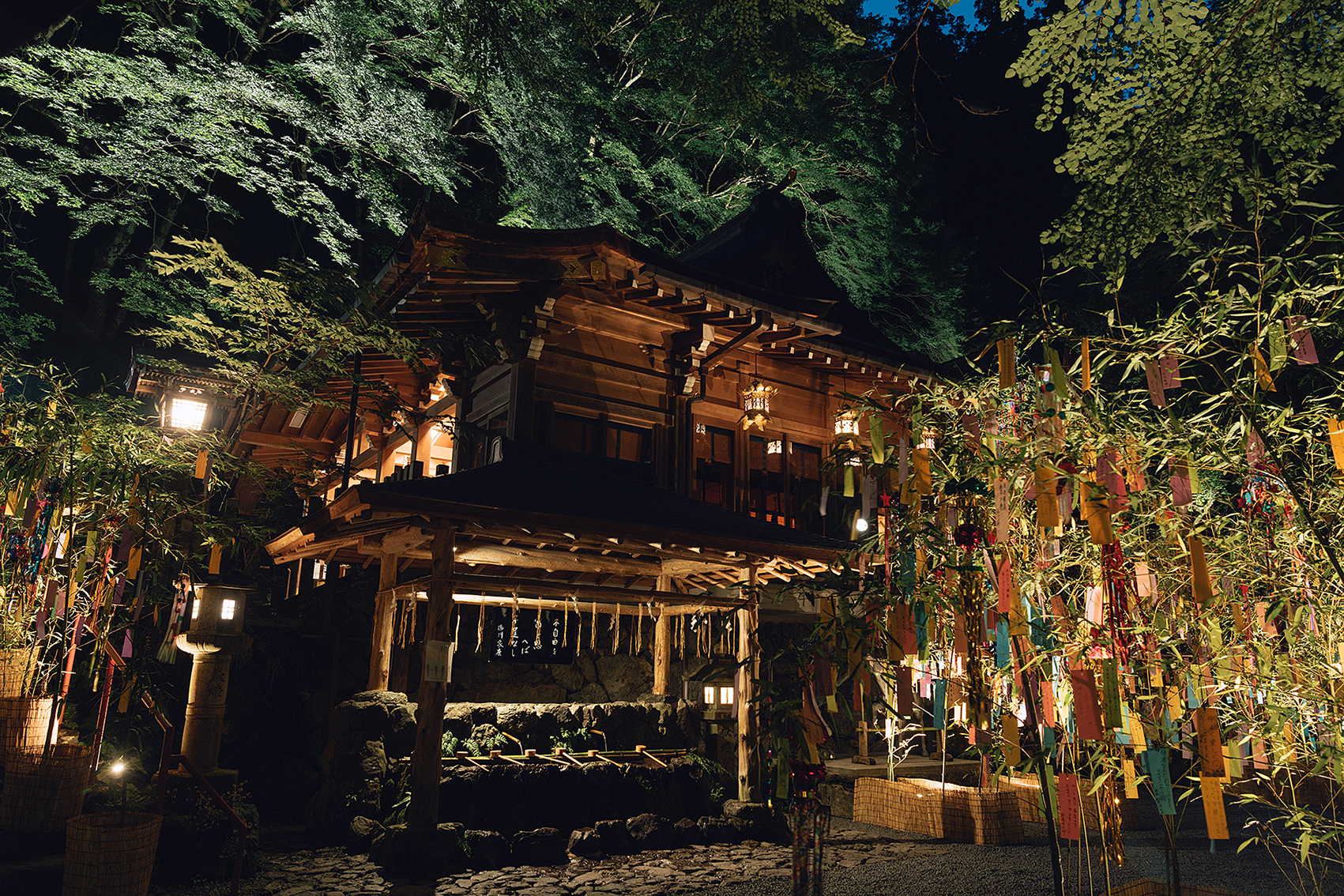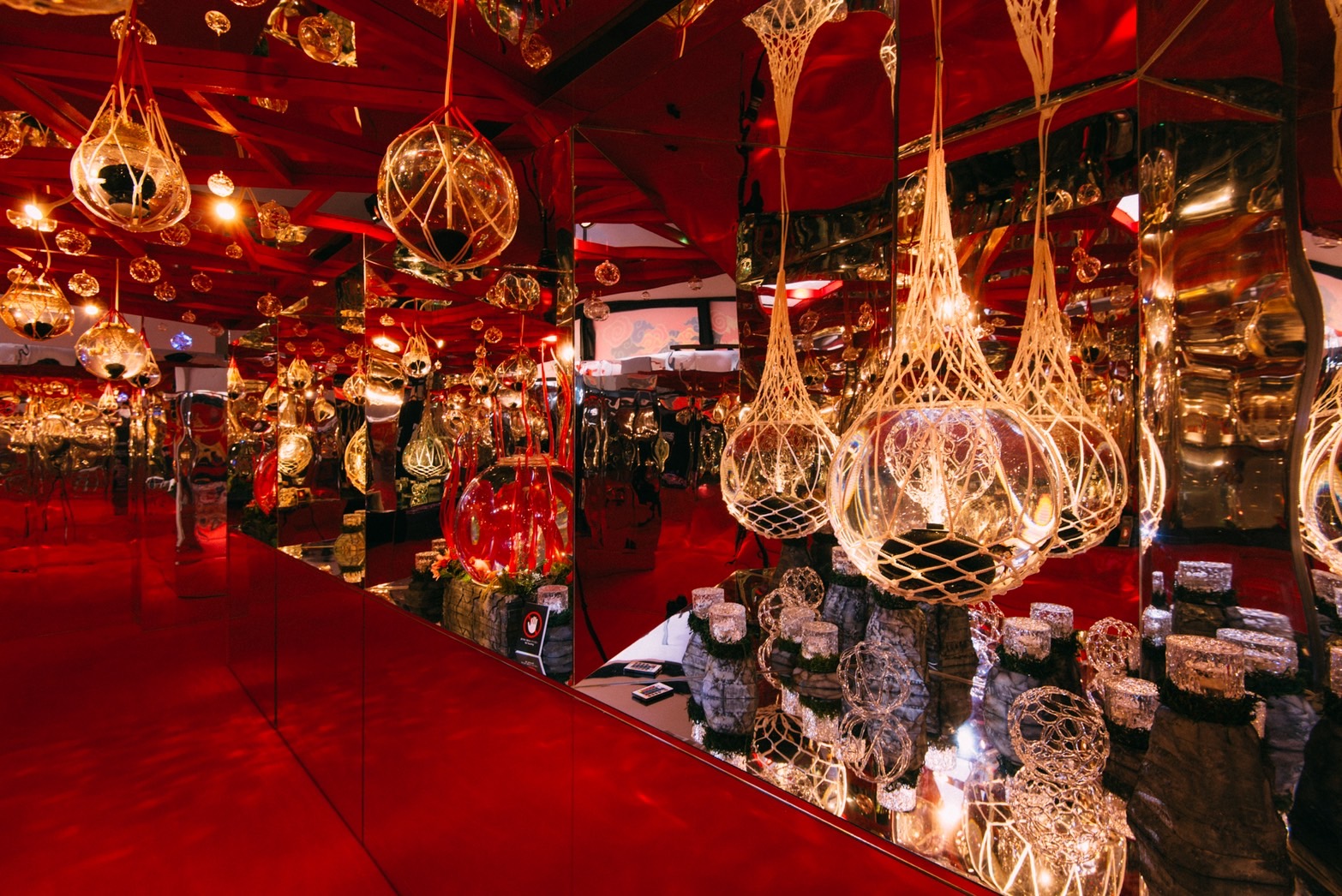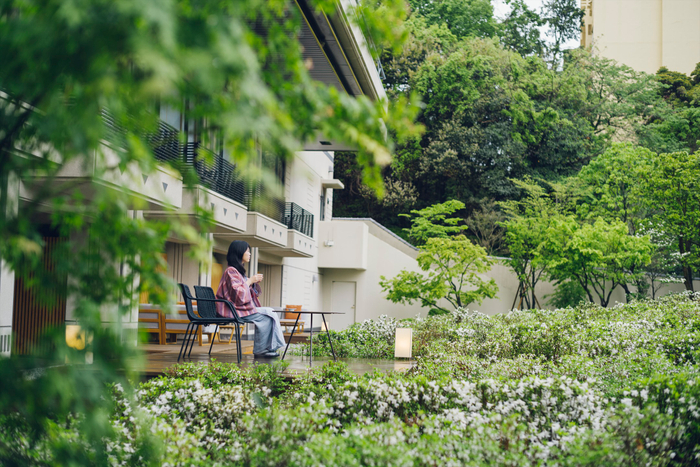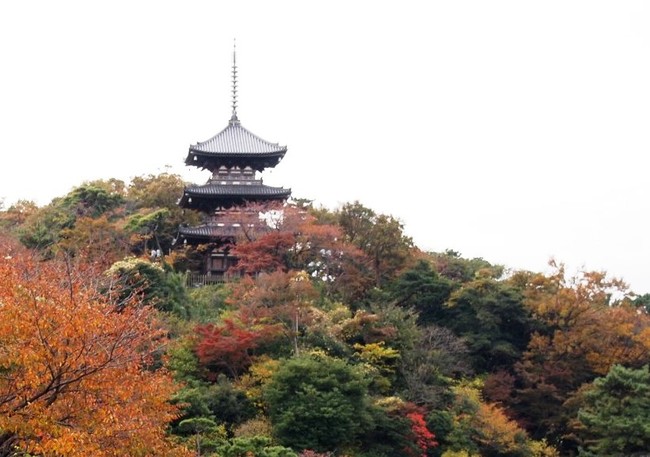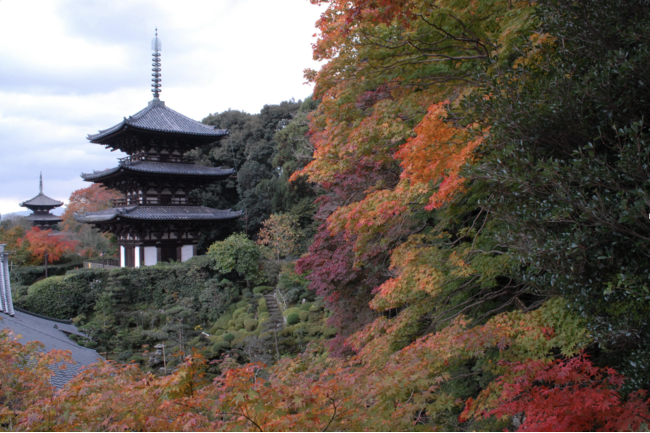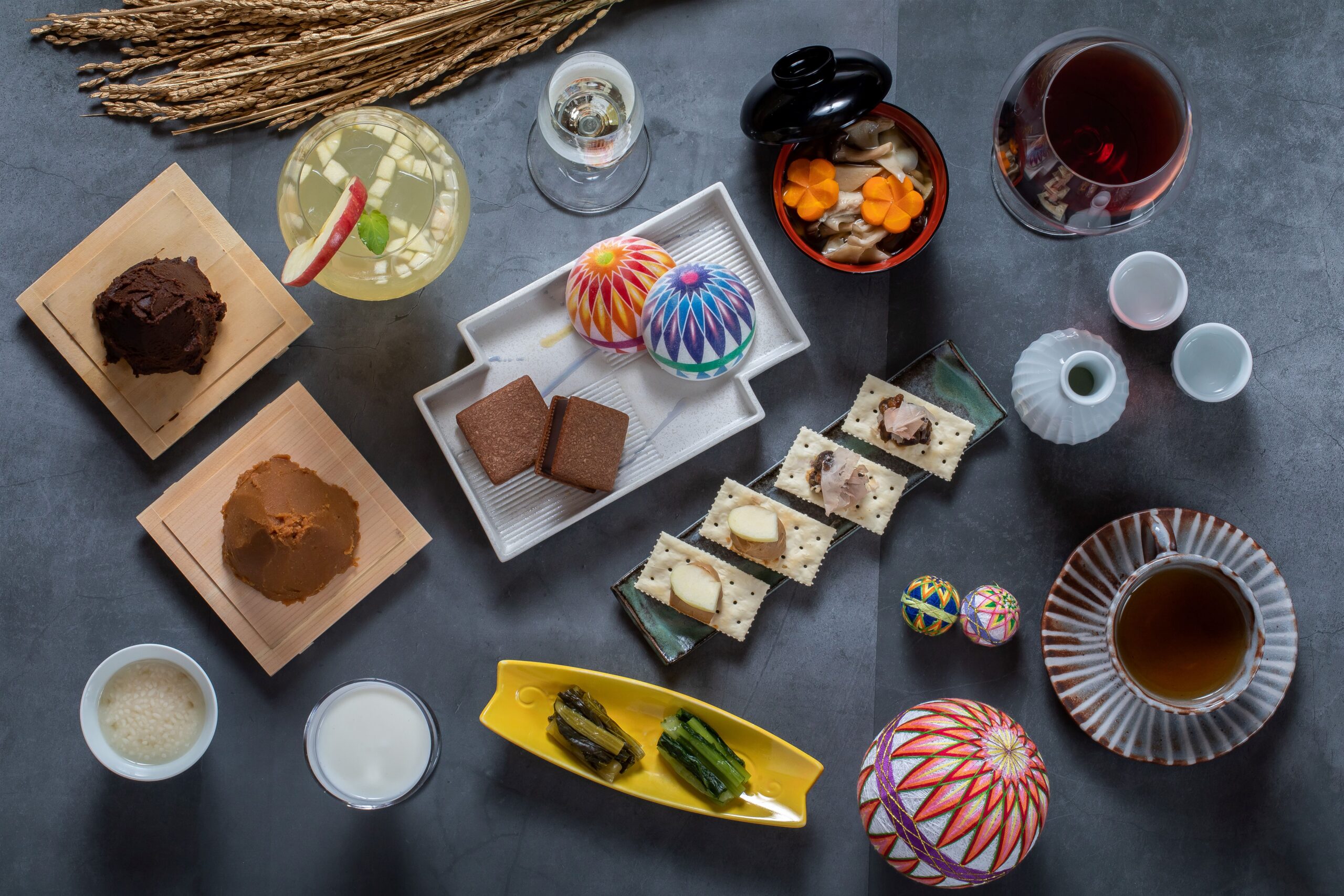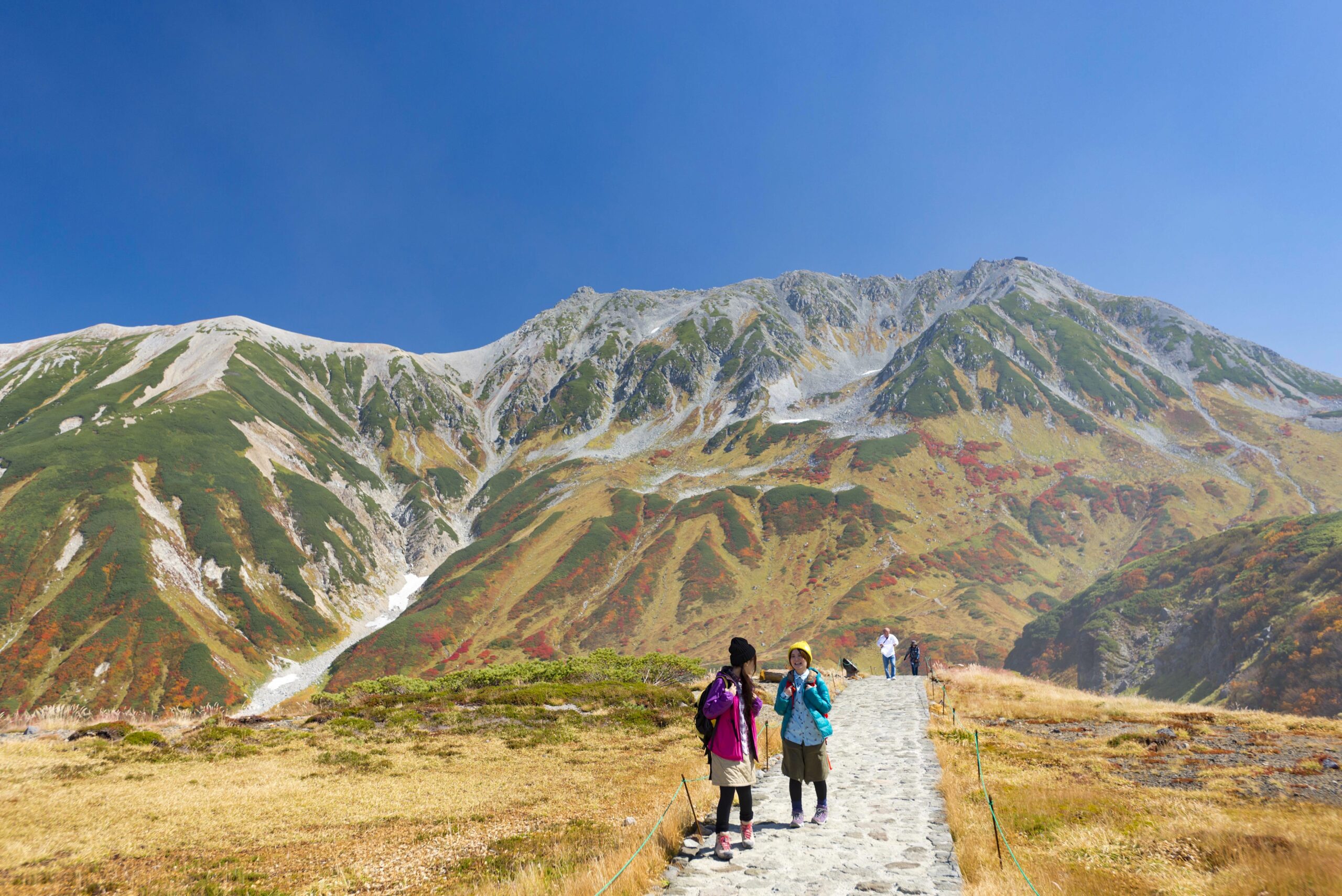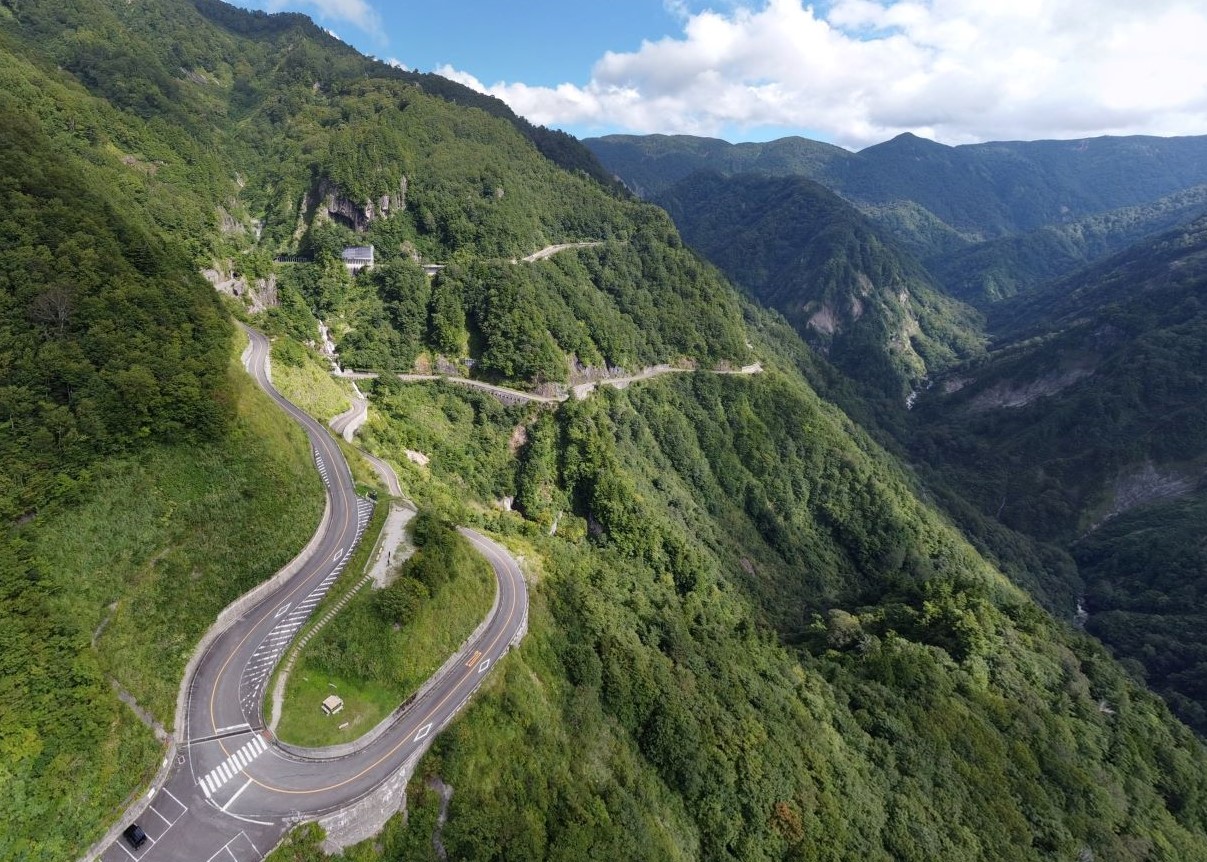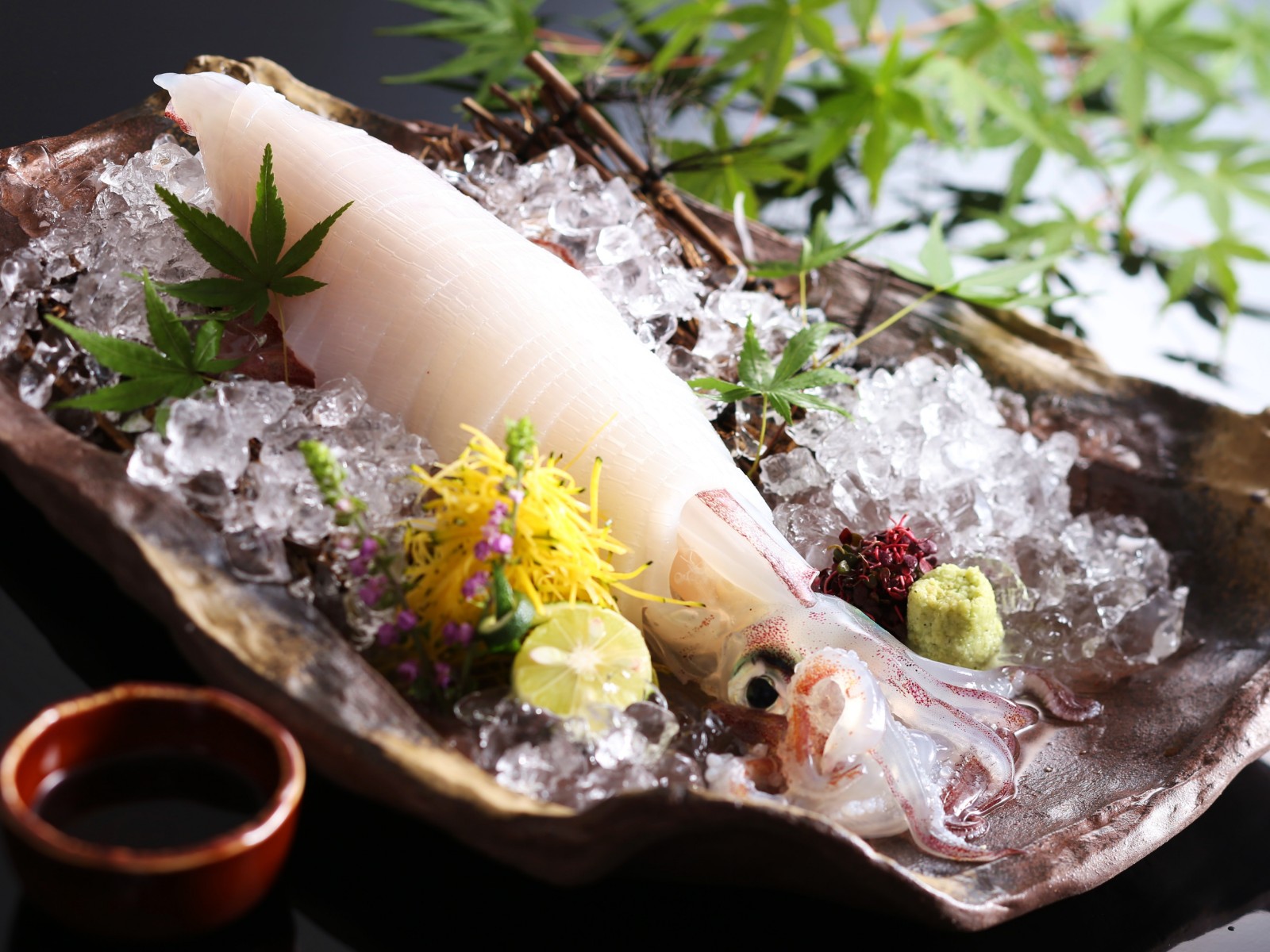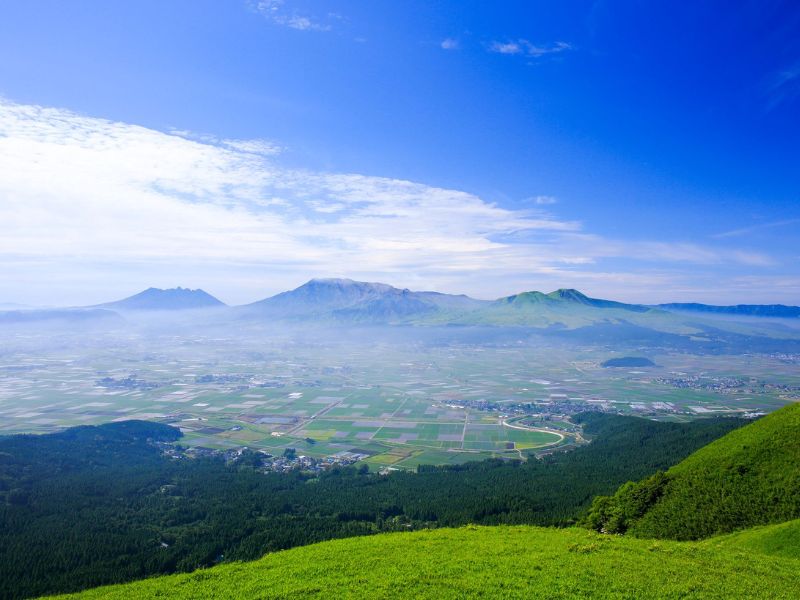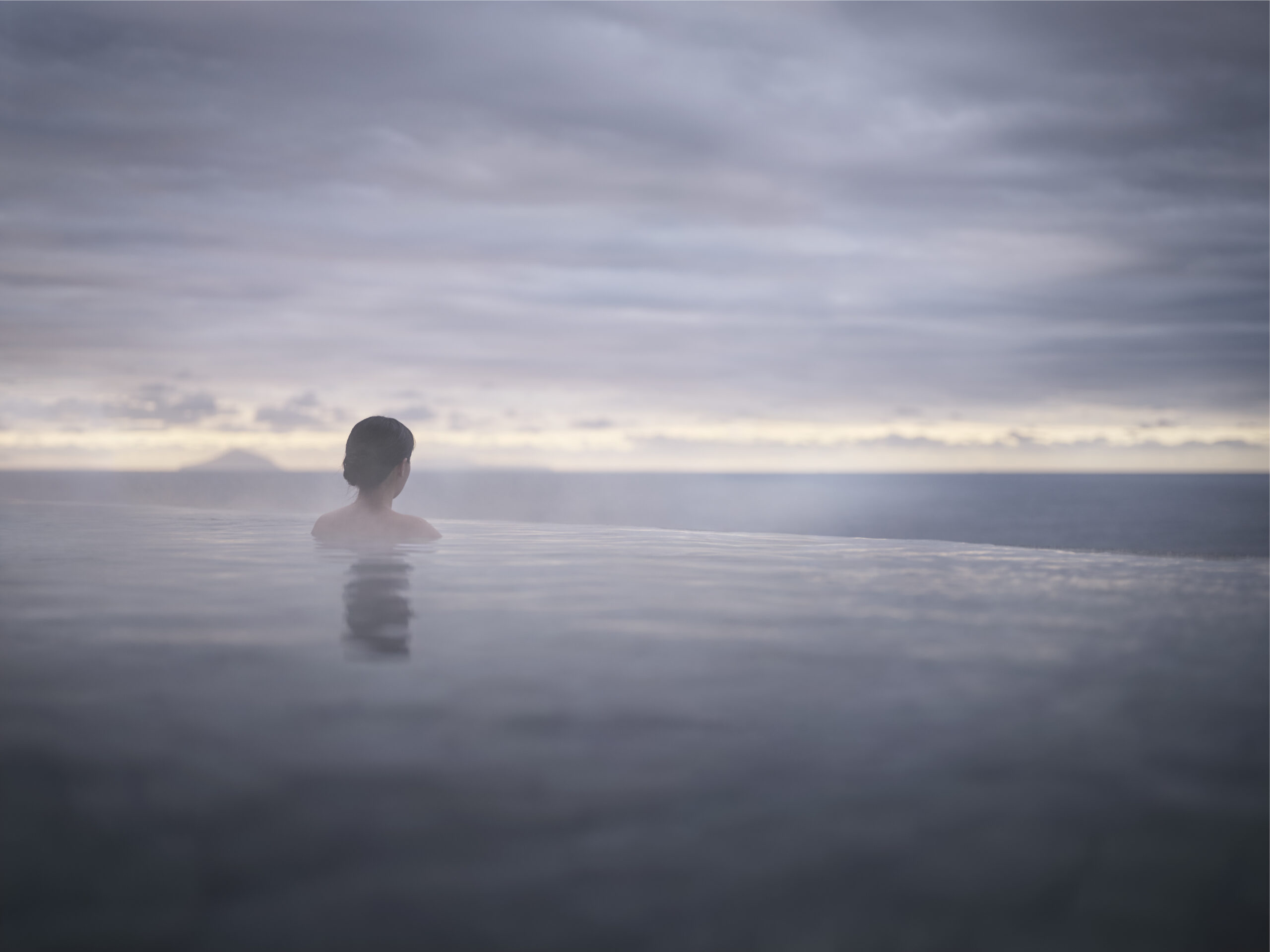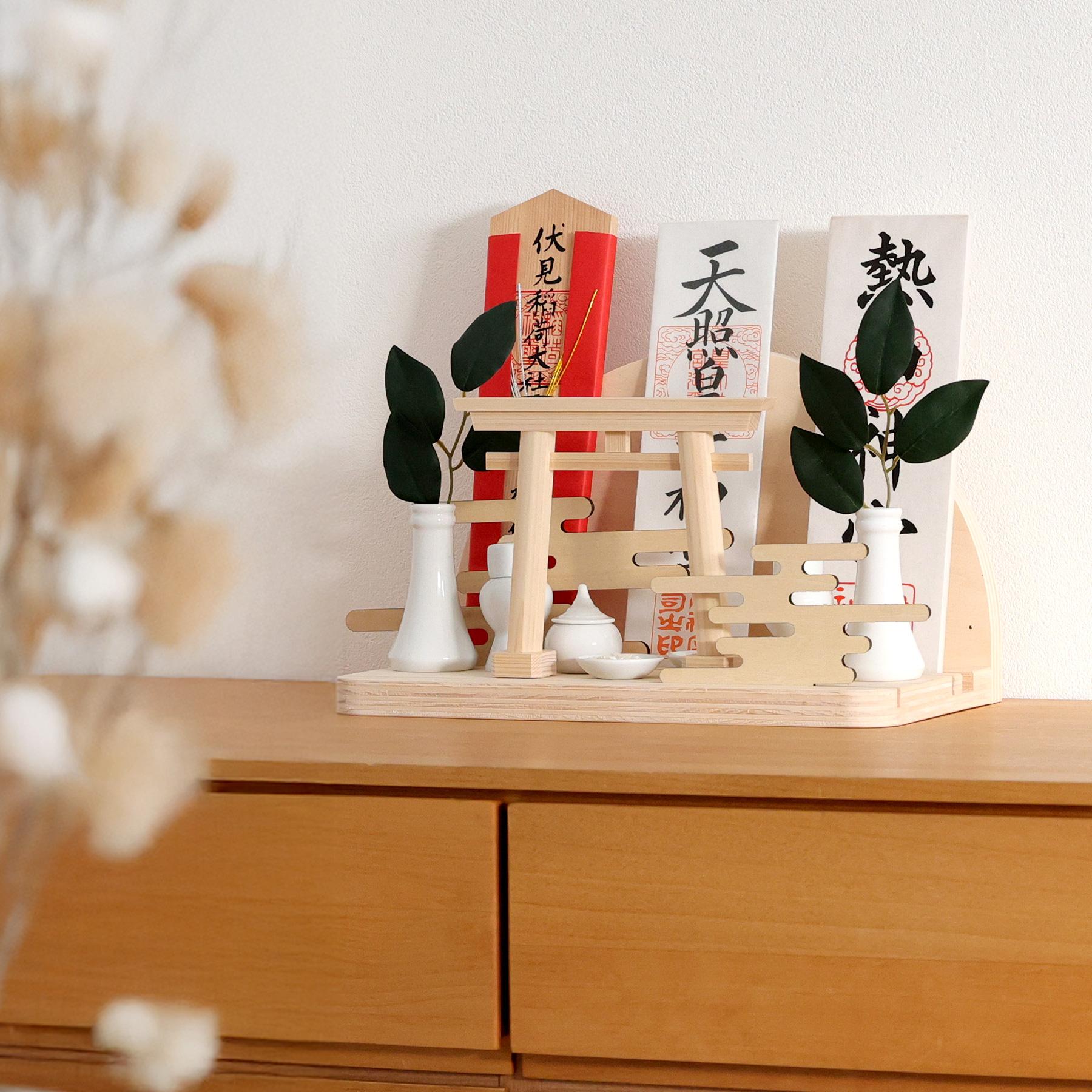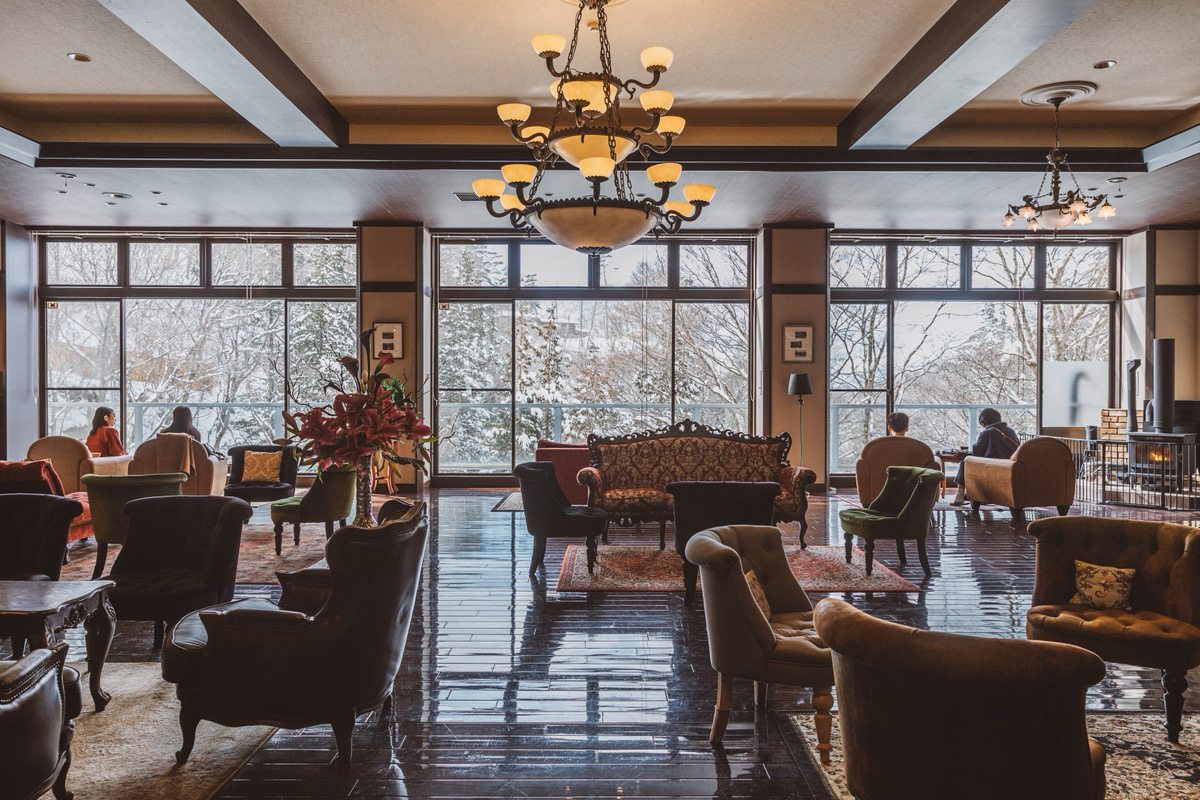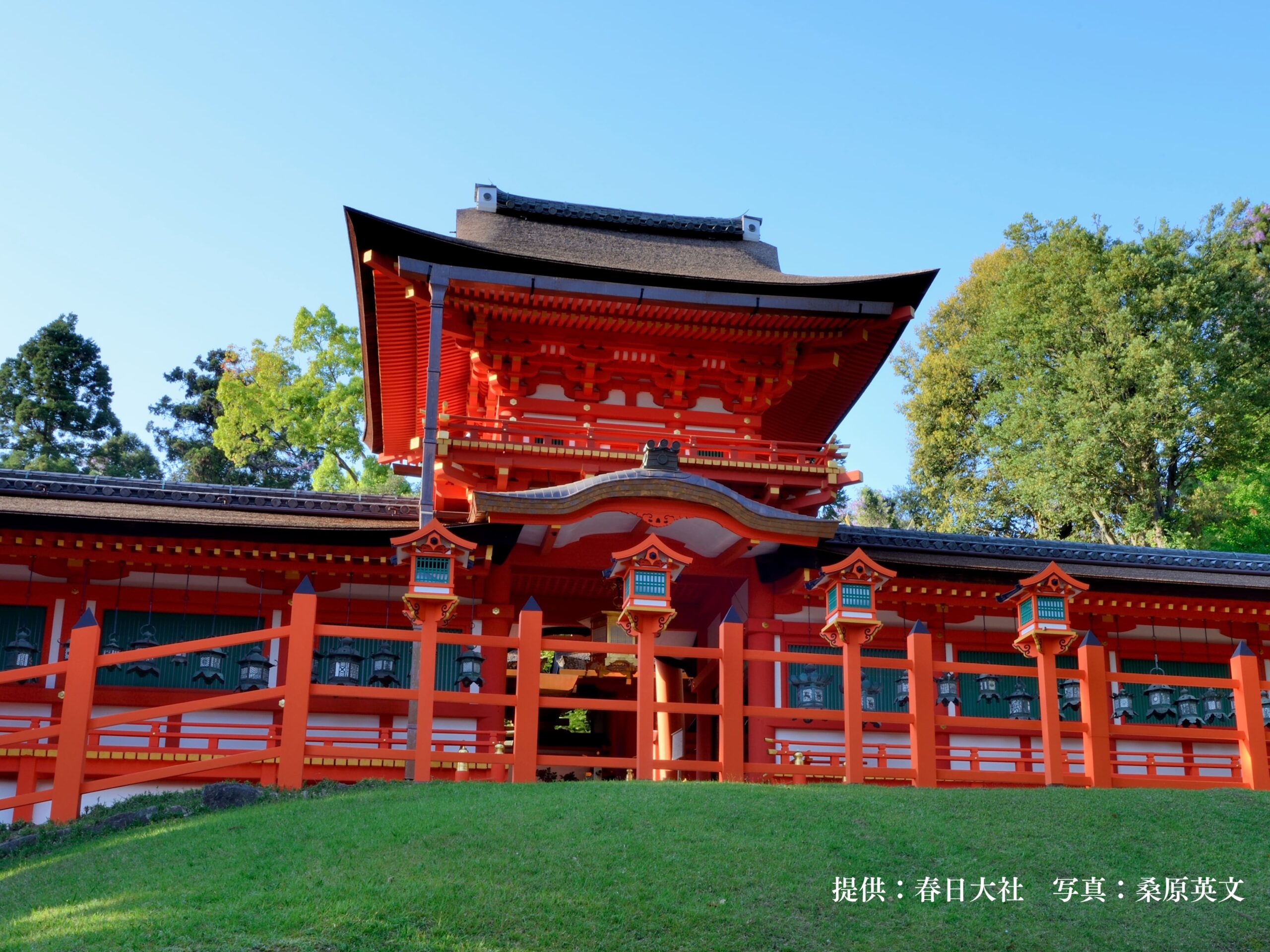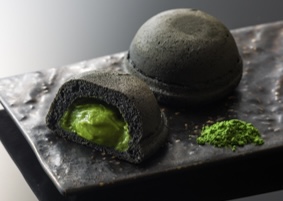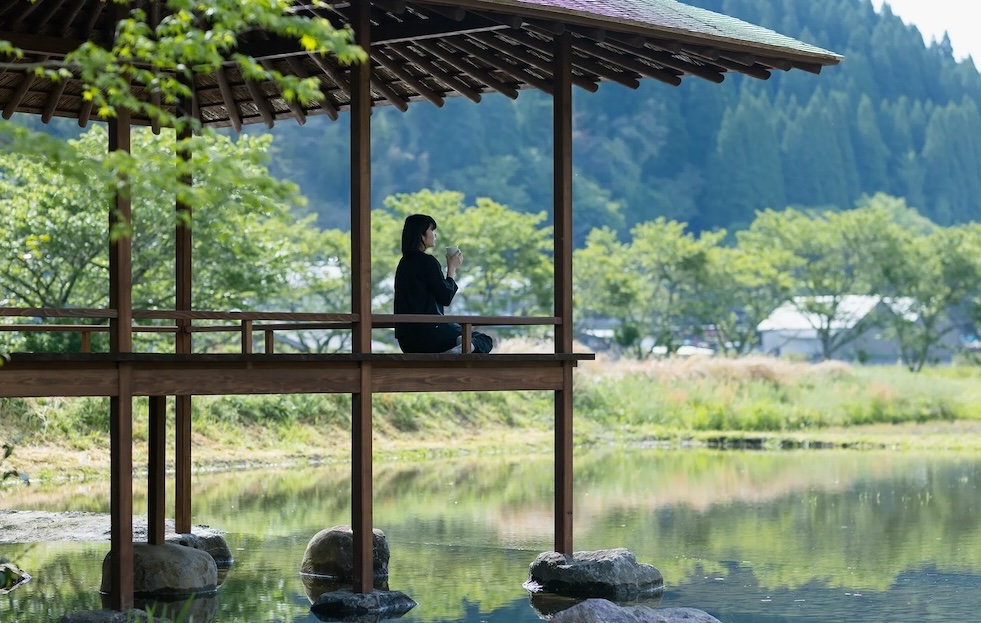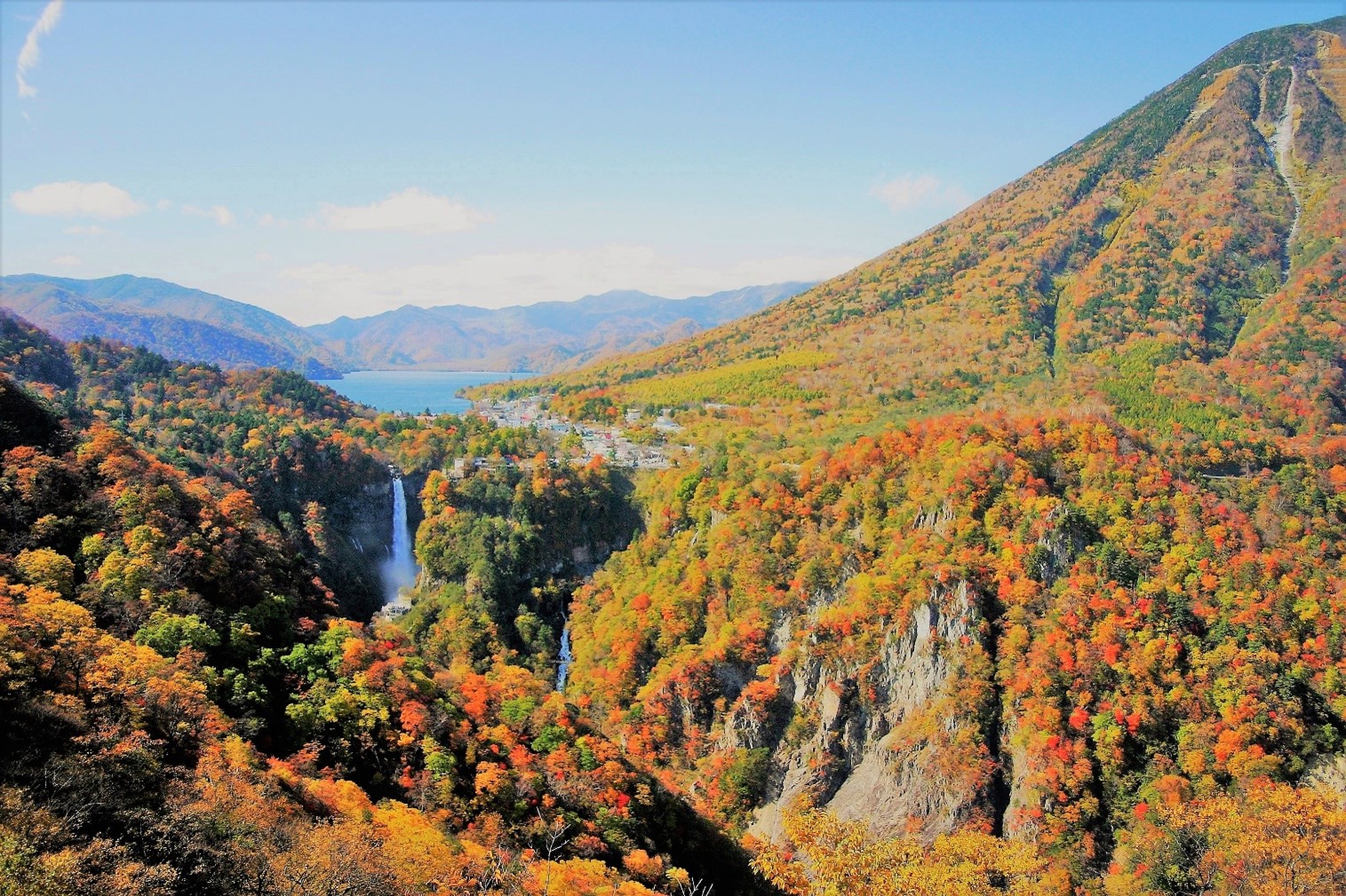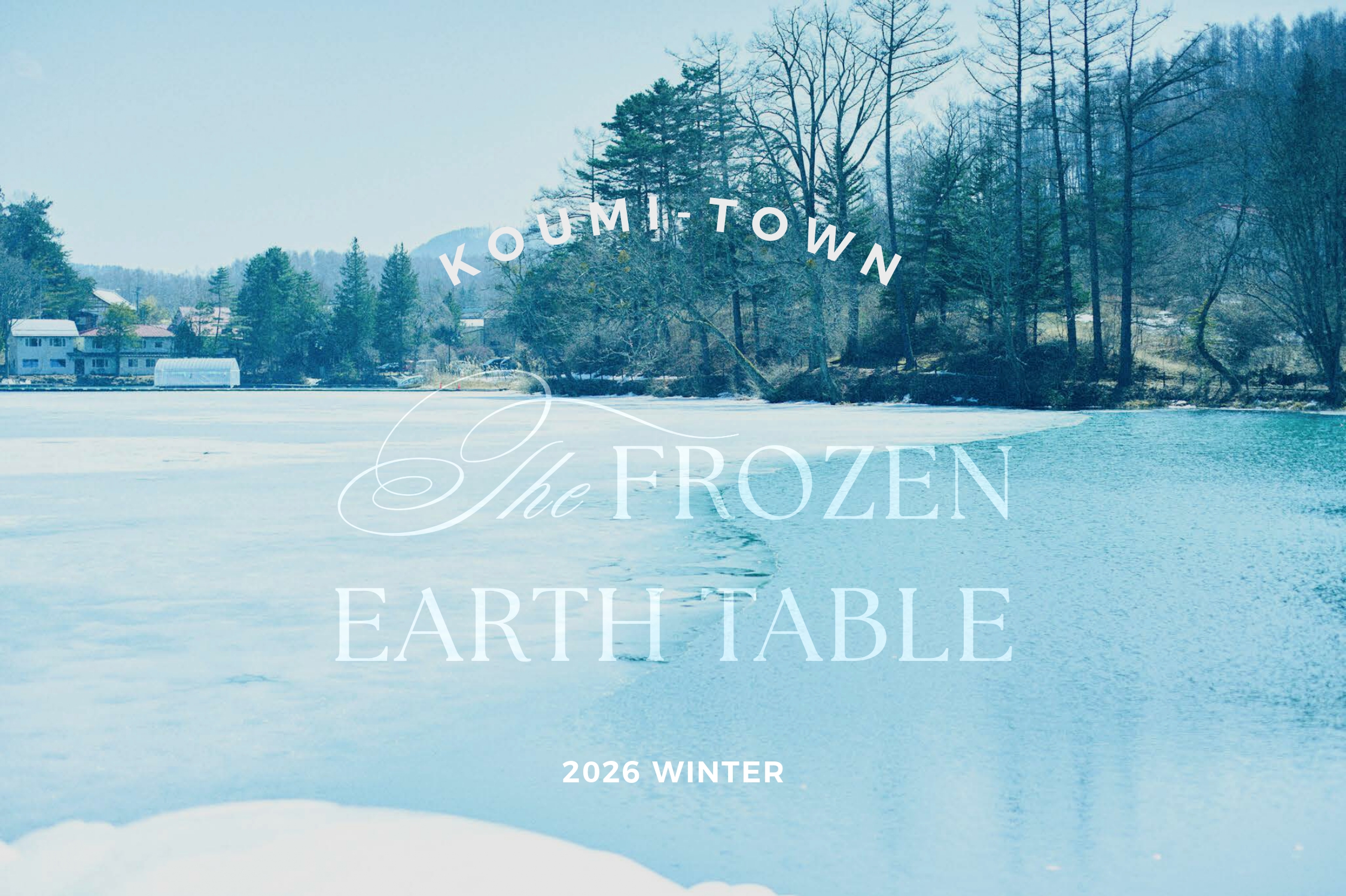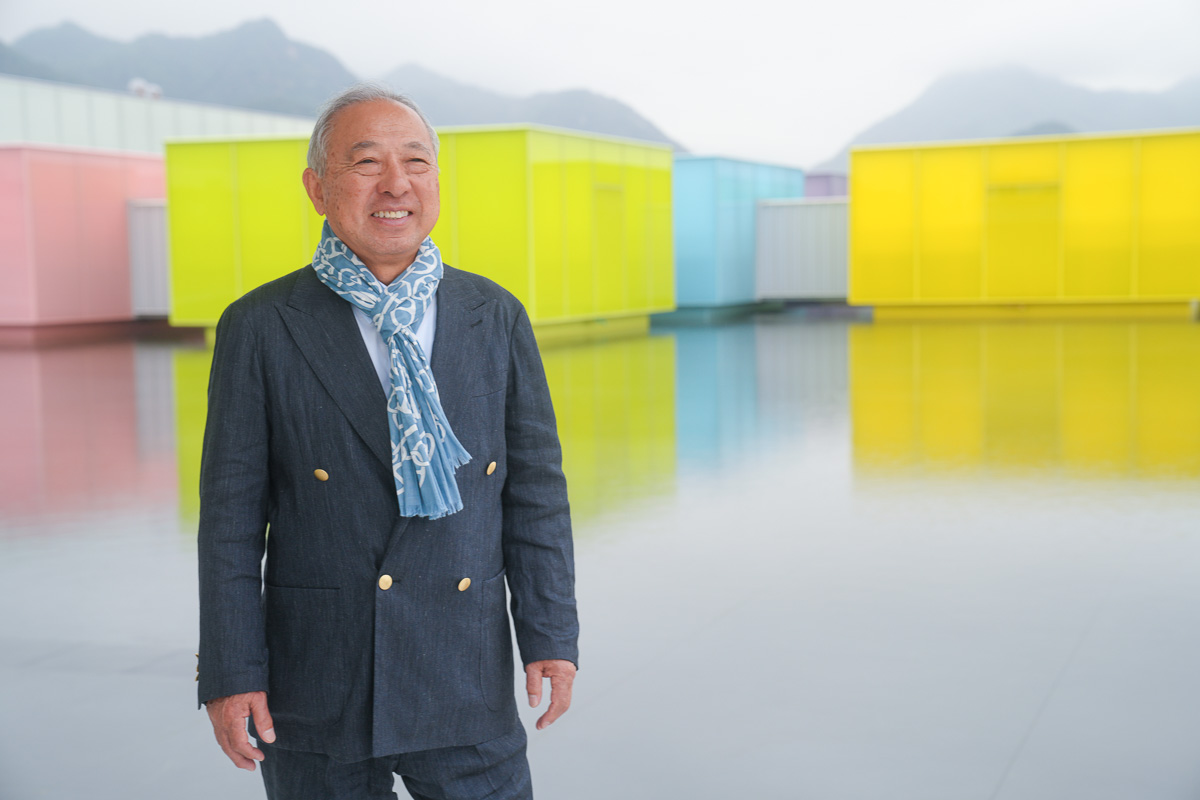Kifune Shrine (Sakyo Ward, Kyoto City), which has been known as a shrine for marriage since ancient times, has been enshrined by Takaokami no Kami, a shrine for marriage. Will be decorated with Tanabata bamboo decorations and will be illuminated at night.
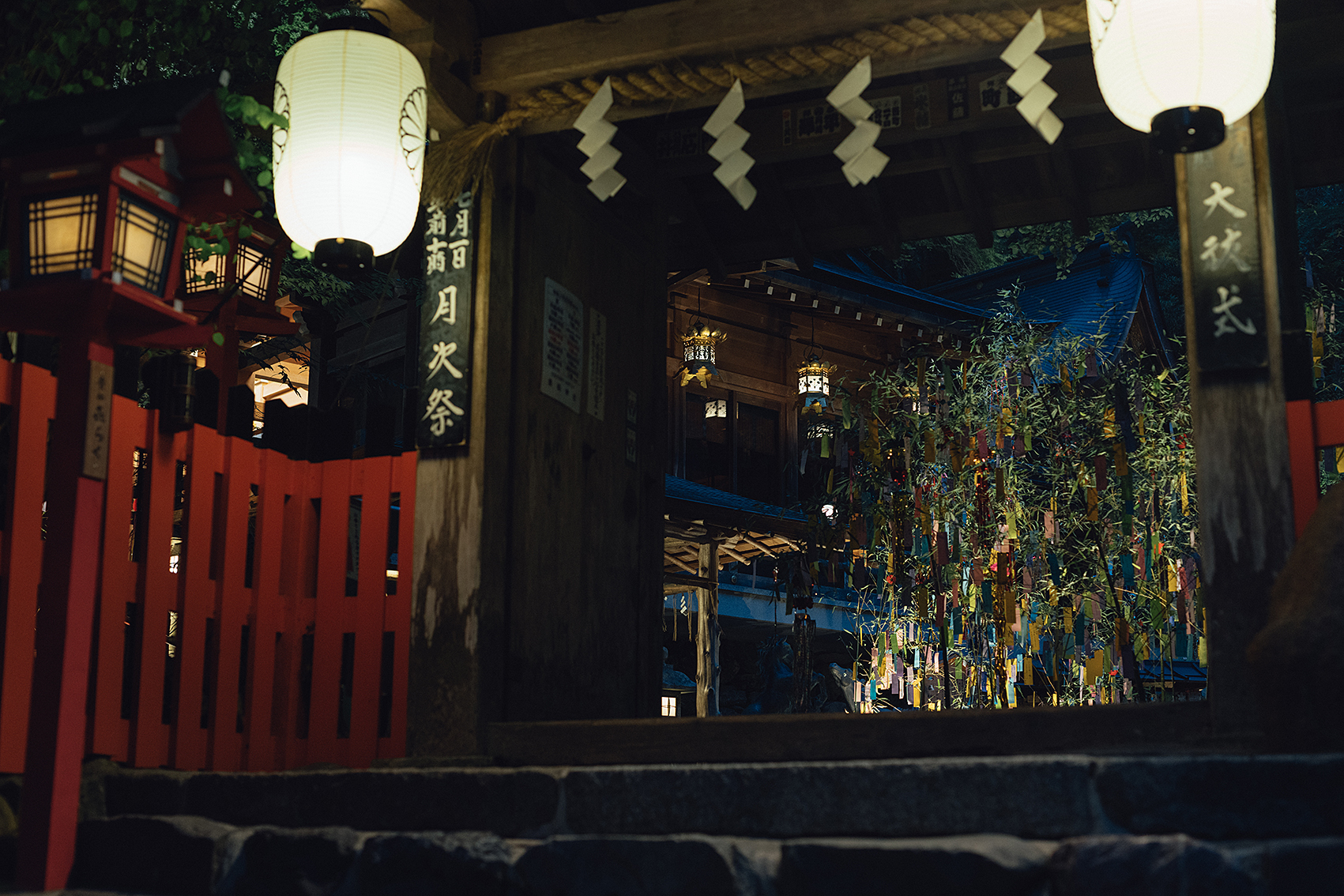
Kibune Shrine and Tanabata
Originally, the origin of Tanabata is said to be the ancient water god festival, which considered the stars to be water gods. At Kifune Shrine, which enshrines the god of water, Takaokami no Kami, we thanked the blessings of water and performed the water festival of Tanabata Shrine/Kibune to pray for the thoughts contained in the strip. Around 30 bamboo bamboo stands are set up in the precincts, and colorful strips with wishes are displayed. During the same period, night lighting will be carried out, and Tanabata bamboo decorations will be illuminated in the dusk.
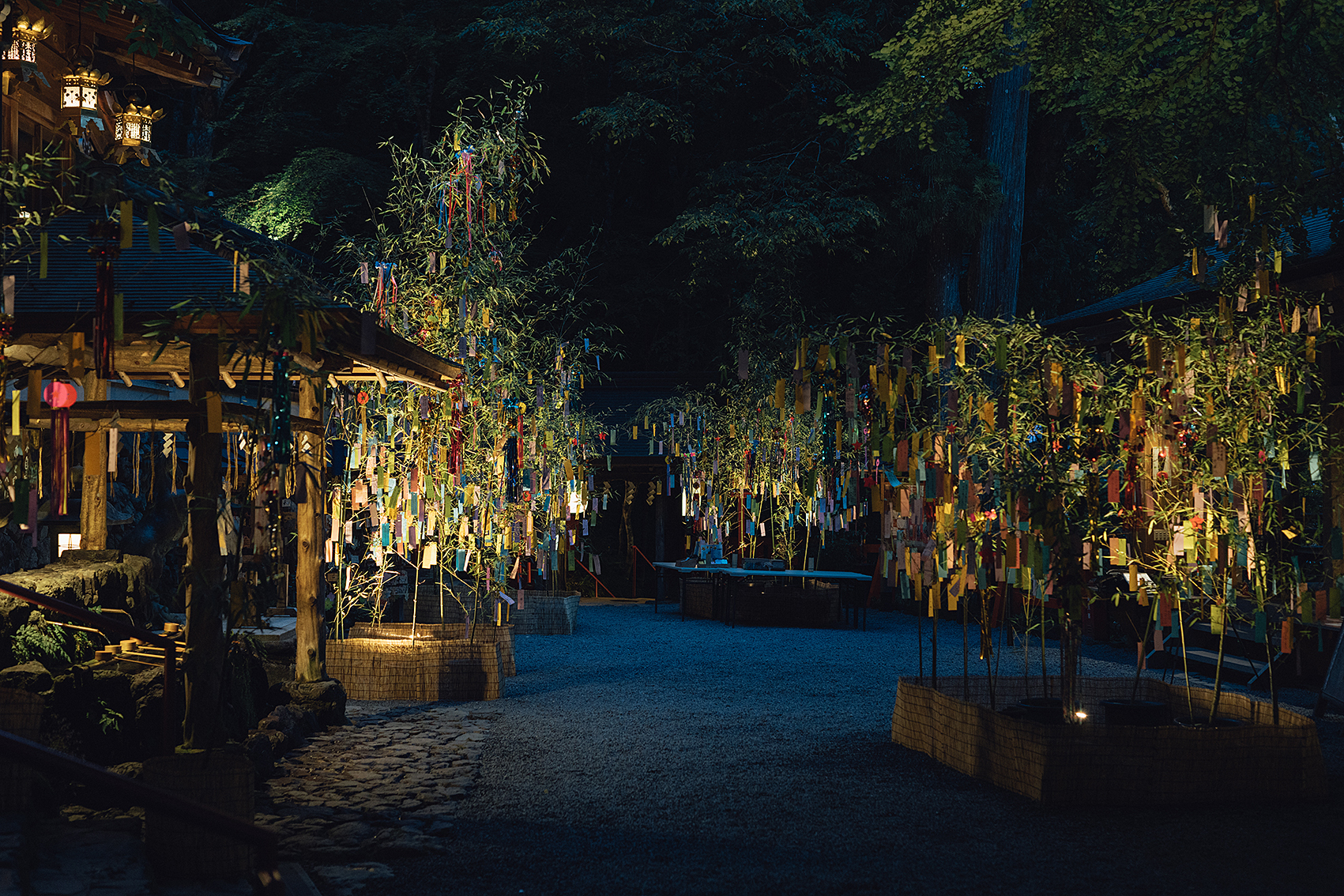
Tanabata Shrine/Kibune Water Festival
On July 7th, we will hold the Tanabata Shinto ritual, Kifune Water Festival, as one of the Gosetsu rituals, “Sasa no sushi. We would like to thank the God of Kibune, who controls water, for the daily blessings of water, and pray for the good weather of the year and the further blessings of water, derived from the mysterious rain beggar ritual that once took place.
[Outline of Kifune Shrine Tanabata bamboo decoration (light up)]
| Period: |
Wednesday 1st July 2020 to Saturday 15th August 2020 |
| Lighting time: |
From dusk to 20:00 |
| Venue: |
180 Kifune-cho, Kurama, Sakyo-ku, Kyoto Kifune Shrine/Hongu grounds
30 minutes walk from Kibuneguchi station on the Eizan train
From Kibuneguchi station, transfer to the Kyoto bus and get off at “Kifune”, 5 minutes on foot
Between Kibuneguchi Station and Kibune during the light-up period
Route buses/Kyoto buses will be extended from normal operation. |
| TEL: |
075-741-2016 |
>Website
>Instagram
About Kibune Shrine
At the Kifune Shrine, Emperor Jimmu’s mother, Tamayi Himemei, took the “Yellowship” and traced the Yodogawa and Kamogawa rivers from Osaka Bay to the upper reaches of the Kibunegawa river, where the shrine was built and served as a water god. The founding legend is transmitted. It is a shrine with the longest history in Kyoto, where the shrine was already built in 6th year of the Hakuho (6th year) of Emperor Tenmu.
The clear stream, Kifune River, is the source of the Kamo River, and since it sits just north of the Imperial Palace, it has been cherished by successive Imperial courts as a god protecting the water source in Kyoto. This area is also popular as a summer resort, and the scenery of river beds along the Kifune River is also a “summer tradition of Kyoto.”
